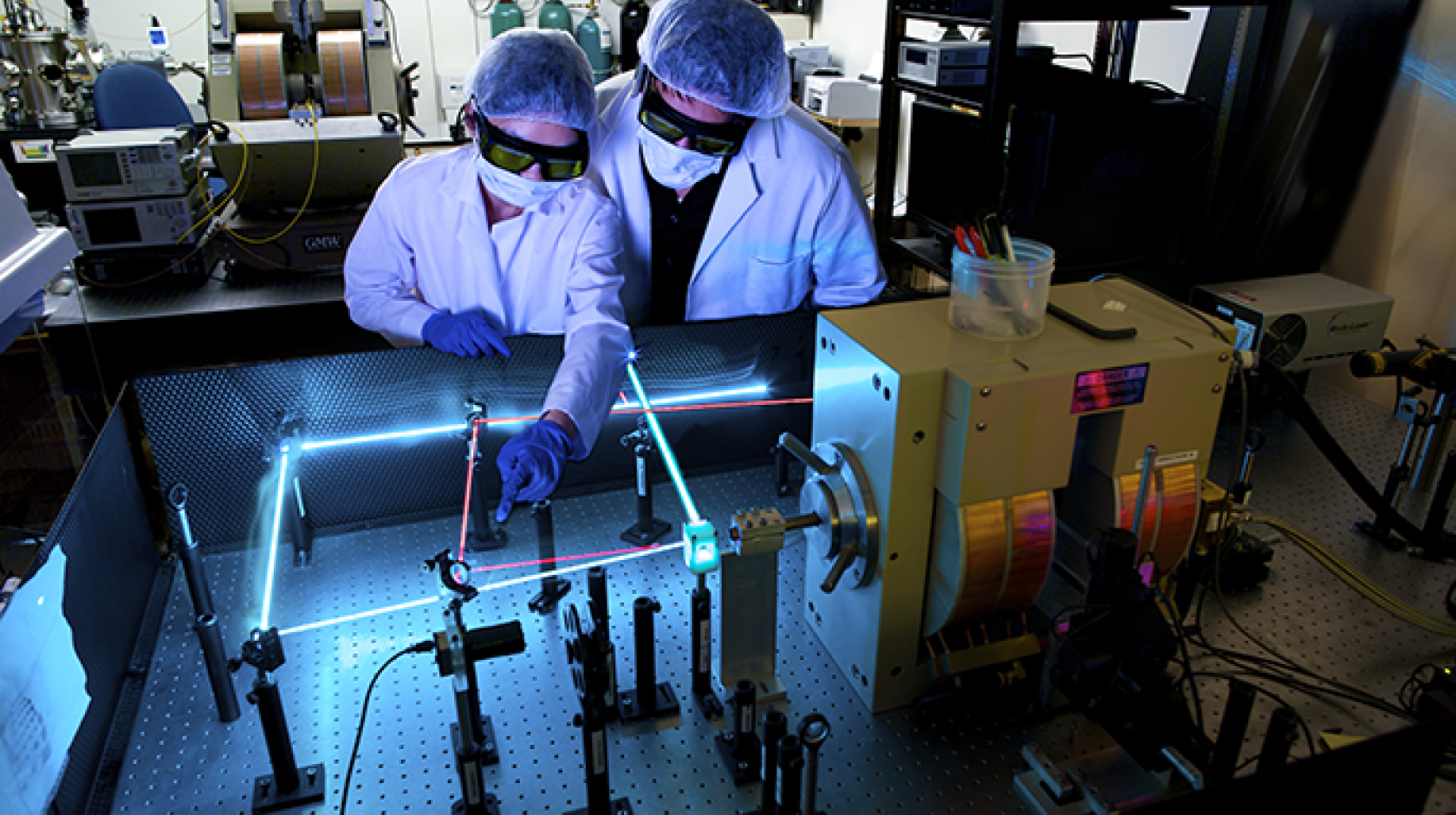UC Newsroom

The University of California was granted more U.S. patents last year than any other university in the world.

The U.S. Patent and Trademark Office granted 524 utility patents to UC in 2017, according to a report by the National Academy of Inventors (NAI) and the Intellectual Property Owners Association (IPO). Coming in second was the Massachusetts Institute of Technology, with 306.
The University of California has led the pack since 2012, when NAI/IPO first began assessing the top 100 global universities to be granted U.S. utility patents. A utility patent, sometimes known as a patent for invention, is granted for the creation of a useful new or improved product, process or machine.
“We’re gratified to see UC’s standing on this list,” said Christine Gulbranson, UC’s senior vice president of innovation and entrepreneurship. “This measure signifies the importance of UC as a driver of economic activity in California and the U.S., which is also demonstrated by the eight new startups coming out of UC research every month.”
NAI/IPO began issuing its report to draw attention to the important role that patents play in university research and innovation. The list was compiled based on data from the U.S. Patent and Trademark Office, and counts only the first assignee on utility patents granted during a particular calendar year.
“University patents help to ignite a culture of growth and innovation which in turn stimulates local, regional and global economies and generates funding for future research initiatives,” said Mark W. Lauroesch, IPO executive director, in a press release about the report.
UC has made a concerted effort in recent years to boost the number of accelerators, incubators and other resources aimed at fostering entrepreneurialism across its 10 campuses and five medical centers.
“The culture of entrepreneurialism is flourishing across UC’s campuses,” Gulbranson said. “UC conducts one-tenth of all the academic research in the nation, and there is a vibrant innovation ecosystem that is helping move that research out of the lab and into the marketplace.”

